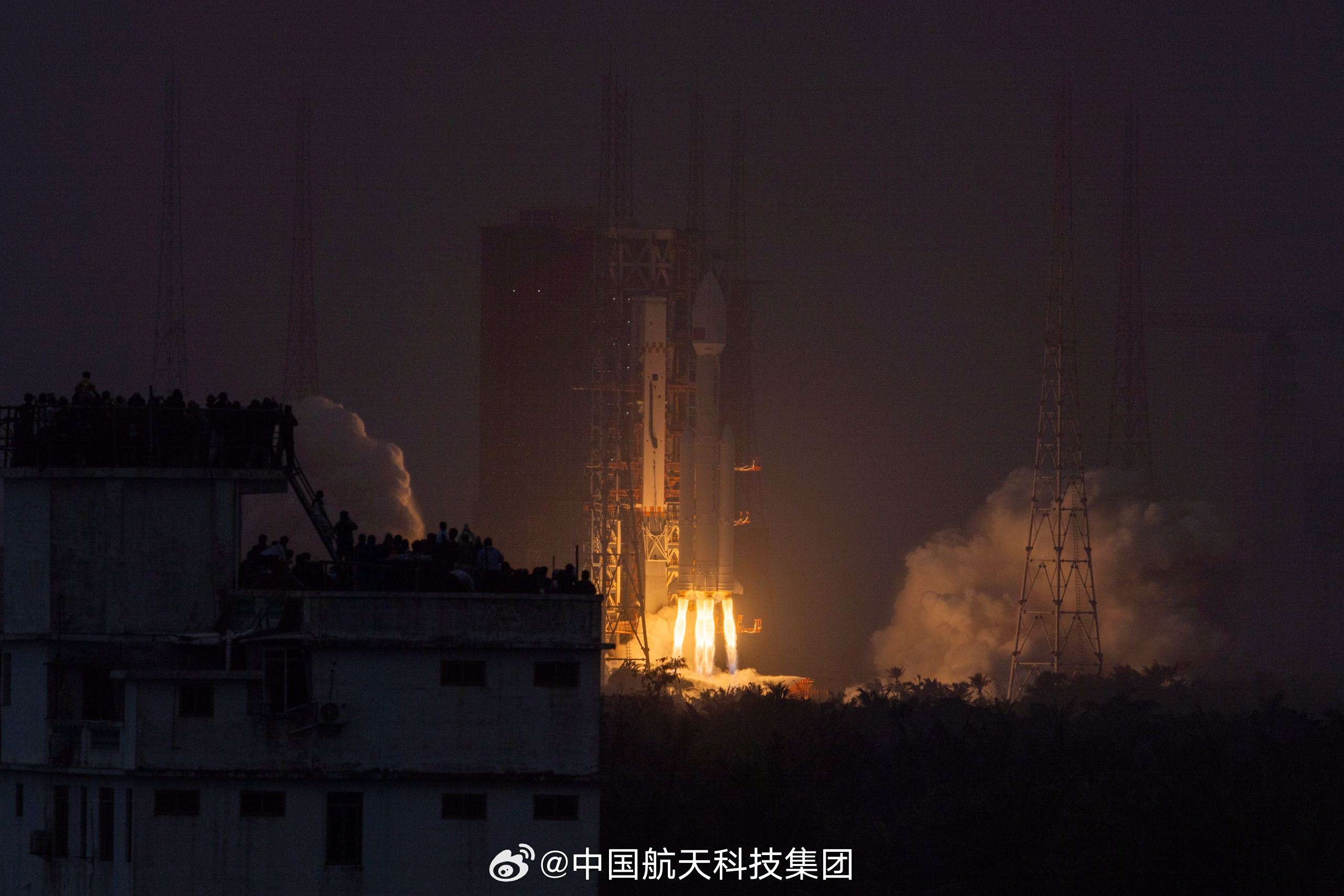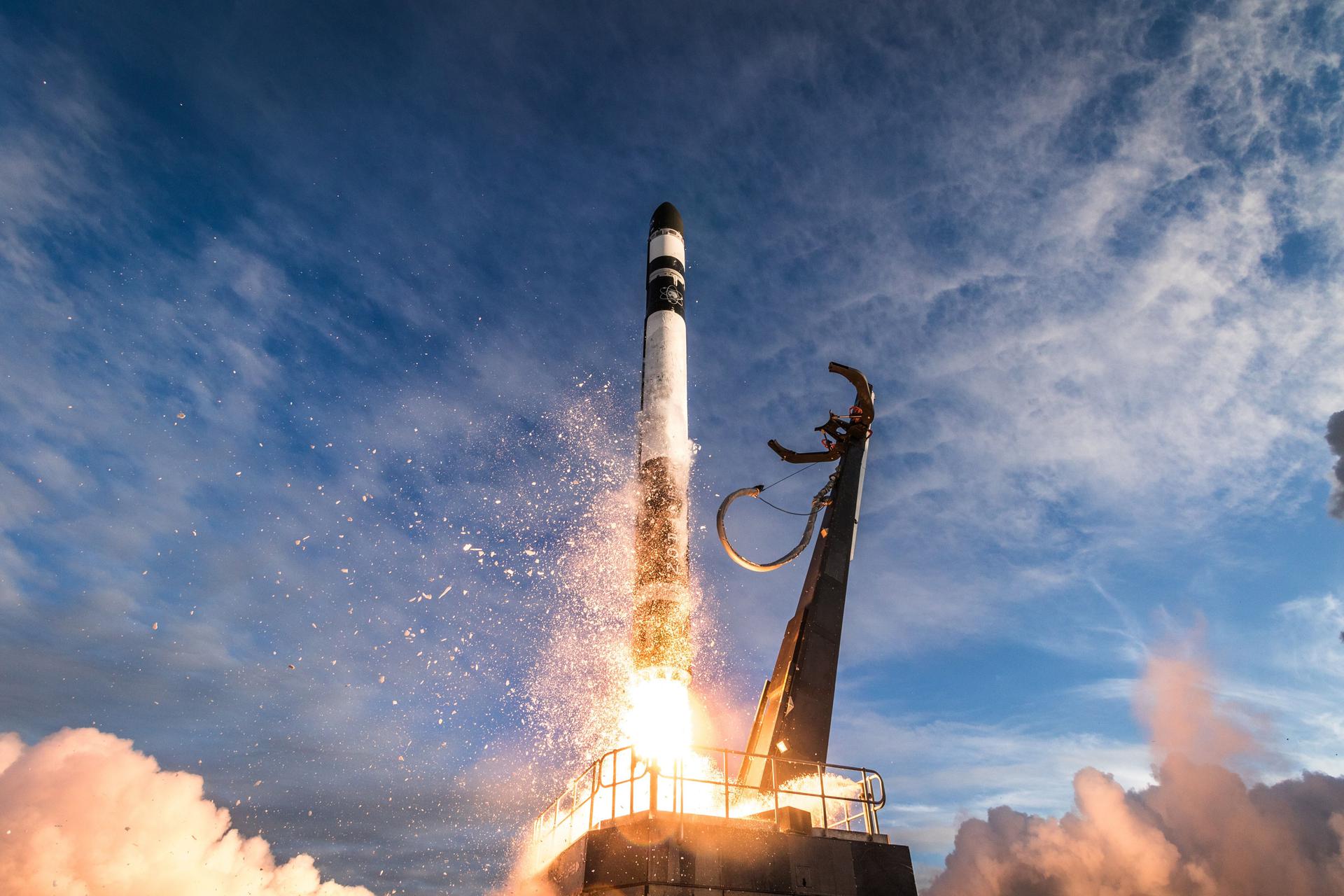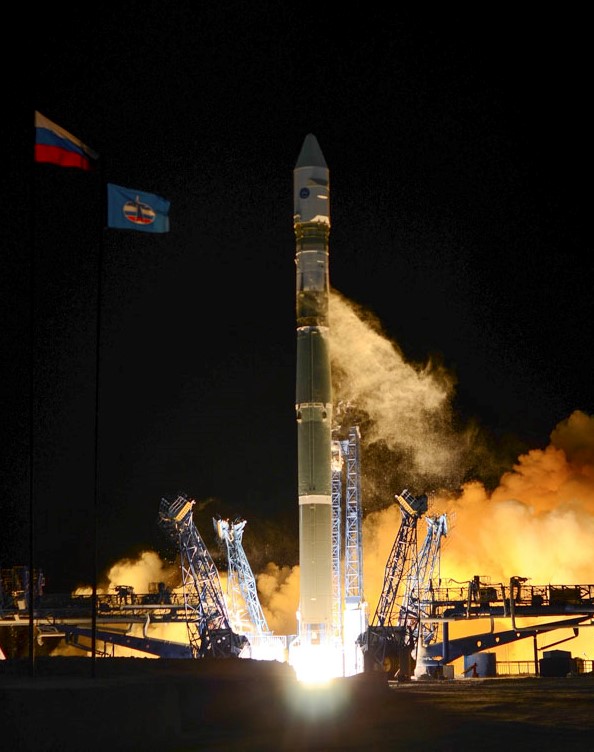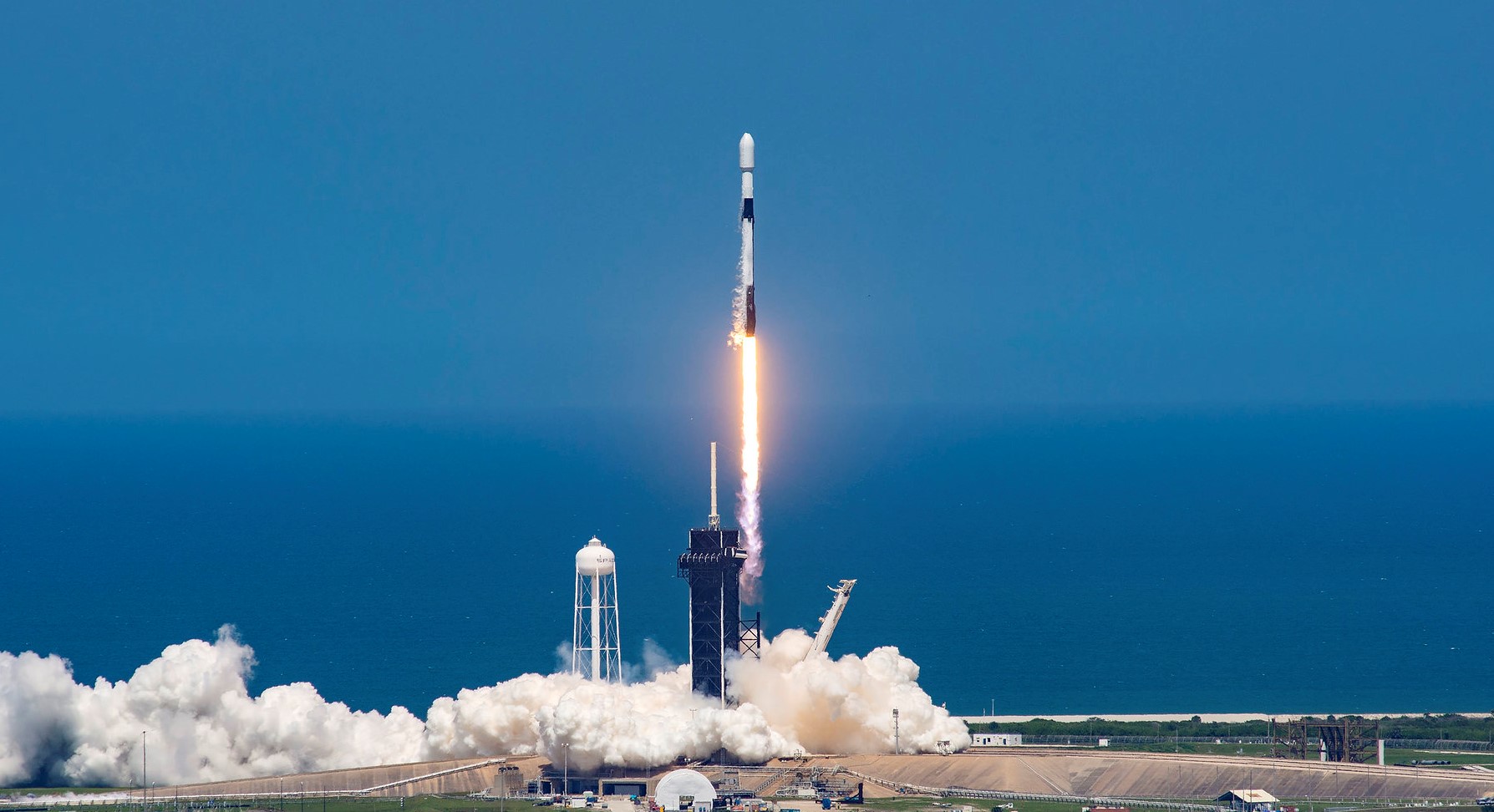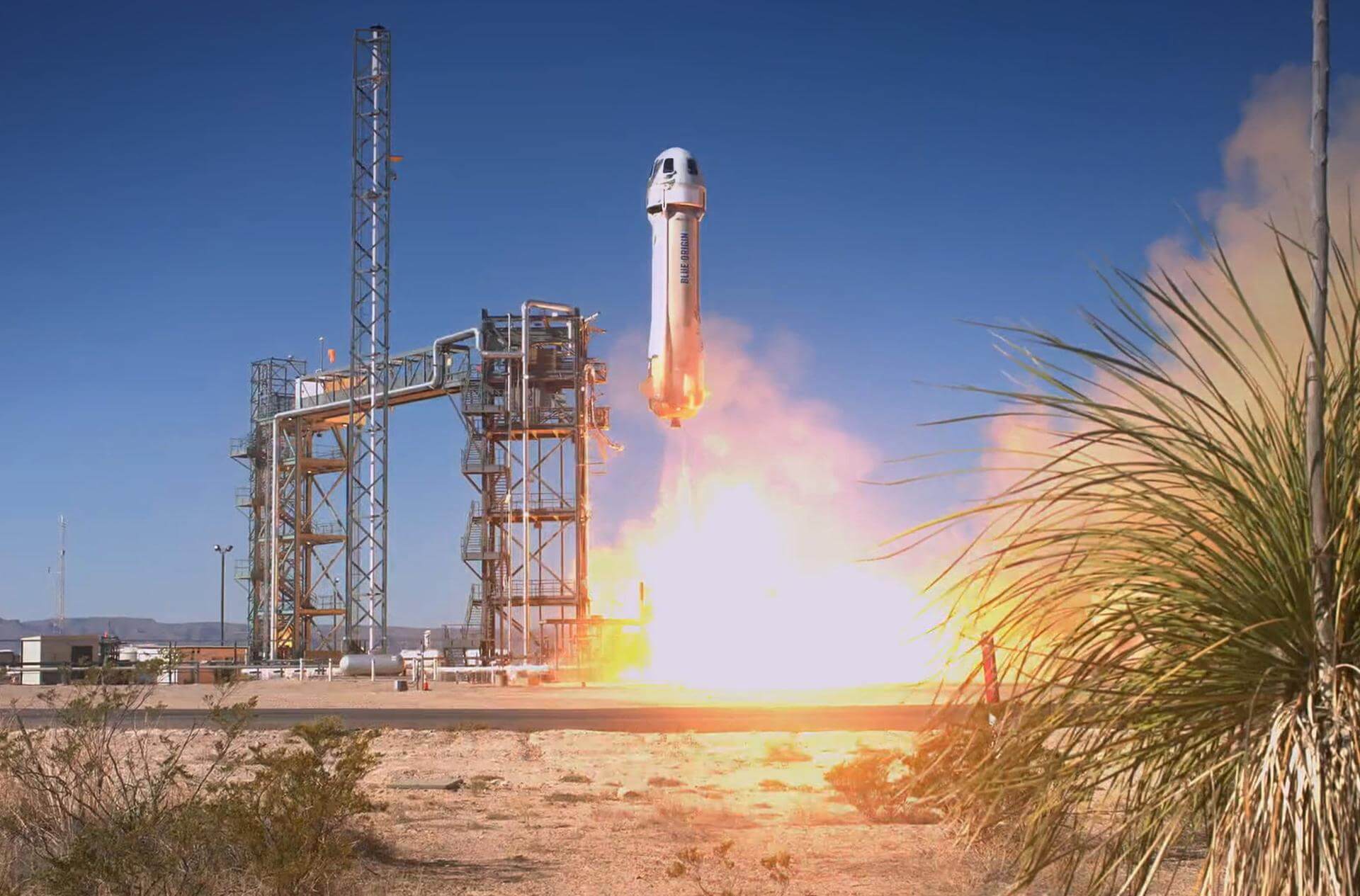Previous Spaceflight Launches
Filter by Agency, Locations or Vehicles
Show All LaunchesFalcon 9 Block 5 | Starlink Group 12-8
SpaceX | United States of AmericaCape Canaveral SFS, FL, USA
Feb. 15, 2025, 6:14 a.m.
Falcon 9 Block 5 | Starlink Group 12-18
SpaceX | United States of AmericaCape Canaveral SFS, FL, USA
Feb. 11, 2025, 6:53 p.m.
Long March 8A | SatNet LEO Group 02 (Demo Flight)
China Aerospace Science and Technology Corporation | ChinaWenchang Space Launch Site, People's Republic of China
Feb. 11, 2025, 9:30 a.m.
Status: Launch Successful
Mission:
Demonstration flight of the Long March 8A rocket with upgraded first stage and boosters engines, and a new larger liquid hydrogen/liquid oxygen second stage with new YF-75H engines derived from ones used on the Long March 5. Payload is a batch of 9 Low Earth Orbit communication satellites for the Chinese state owned SatNet constellation operated by the China Satellite Network Group. The constellation will eventually consists of 13000 satellites.
Low Earth OrbitFalcon 9 Block 5 | Starlink Group 11-10
SpaceX | United States of AmericaVandenberg SFB, CA, USA
Feb. 11, 2025, 2:09 a.m.
Electron | IoT 4 You and Me (Kinéis 16-20)
Rocket Lab | United States of AmericaRocket Lab Launch Complex 1, Mahia Peninsula, New Zealand
Feb. 8, 2025, 8:43 p.m.
Falcon 9 Block 5 | Starlink Group 12-9
SpaceX | United States of AmericaCape Canaveral SFS, FL, USA
Feb. 8, 2025, 7:18 p.m.
Soyuz 2.1v/Volga | Kosmos 2581/2582/2583
Progress Rocket Space Center | RussiaPlesetsk Cosmodrome, Russian Federation
Feb. 5, 2025, 3:59 a.m.
Falcon 9 Block 5 | WorldView Legion 5 & 6
SpaceX | United States of AmericaKennedy Space Center, FL, USA
Feb. 4, 2025, 11:13 p.m.
Status: Launch Successful
Mission:
WorldView Legion is a constellation of Earth observation satellites built and operated by Maxar. Constellation is planned to consist of 6 satellites in both polar and mid-inclination orbits, providing 30 cm-class resolution.
Low Earth Orbit B1086 - Flight Proven ( ) Landing Zone 1New Shepard | NS-29
Blue Origin | United States of AmericaCorn Ranch, Van Horn, TX, USA
Feb. 4, 2025, 4 p.m.
Status: Launch Successful
Mission:
NS-29 will simulate the Moon’s gravity and fly 30 payloads, all but one of which is focused on testing lunar-related technologies. The payloads will experience at least two minutes of lunar gravity forces, a first for New Shepard and made possible in part through support from NASA. The flight will test six broad lunar technology areas: In-situ resource utilization, dust mitigation, advanced habitation systems, sensors and instrumentation, small spacecraft technologies, and entry descent and landing. Proving out these technologies at lower cost is another step toward Blue Origin’s mission to lower the cost of access to space for the benefit of Earth. It also enables NASA and other lunar surface technology providers to test innovations critical to achieving Artemis program goals and exploring the Moon’s surface. The New Shepard crew capsule is using its Reaction Control System (RCS) to spin up to approximately 11 revolutions per minute. This spin rate simulates one-sixth Earth gravity at the midpoint of the crew capsule lockers. In simulated lunar gravity, customers can accelerate their learning and technology readiness for lunar payloads at much lower cost.
Suborbital NS-5 - Flight Proven ( ) Corn Ranch Landing Pad, West TexasFalcon 9 Block 5 | Starlink Group 12-3
SpaceX | United States of AmericaCape Canaveral SFS, FL, USA
Feb. 4, 2025, 10:15 a.m.

